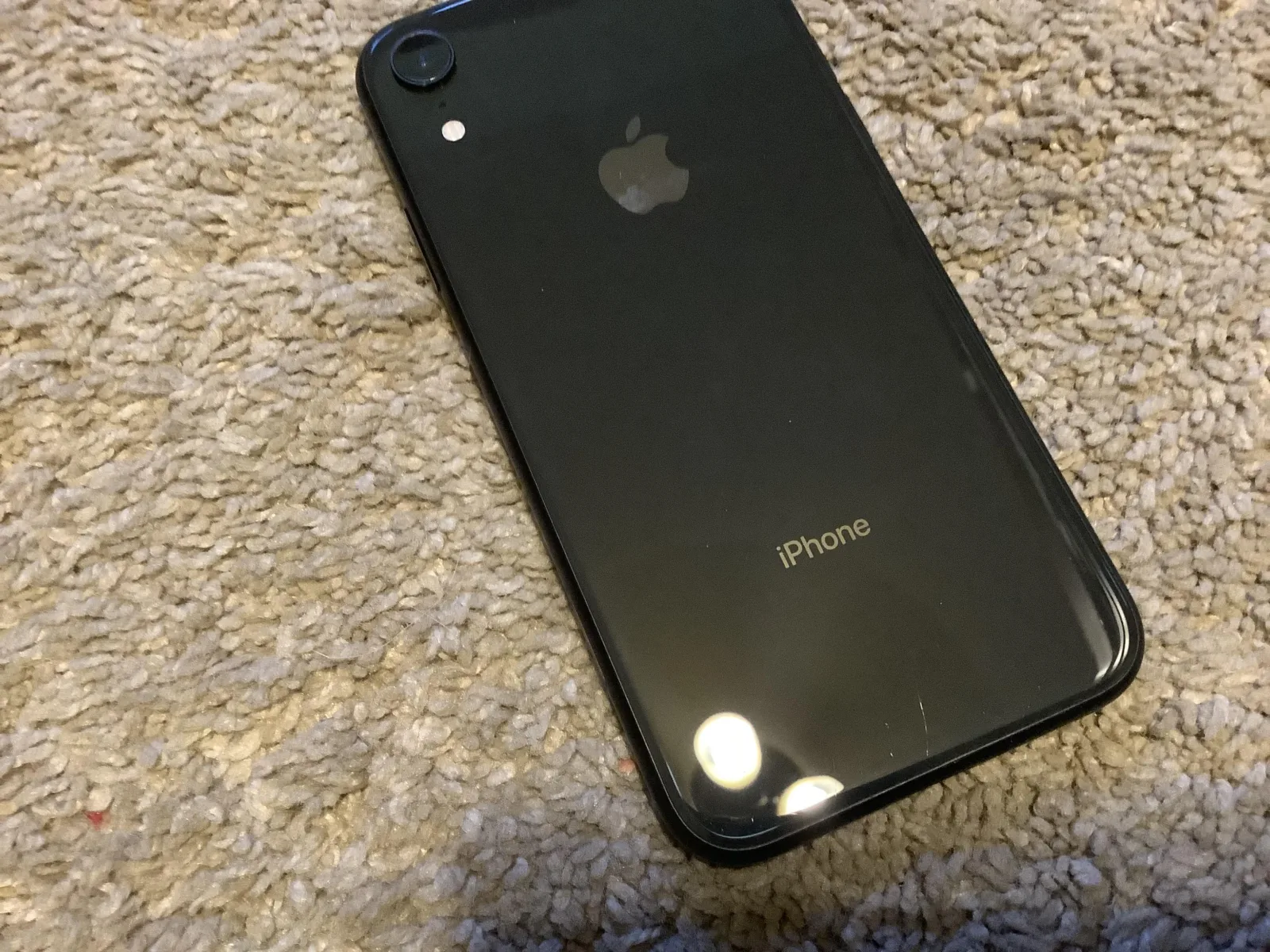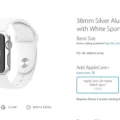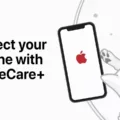Cosmetic blemishes on iPhones can be a common occurrence, especially if you’re someone who tends to drop or mishandle your phone. These blemishes refer to minor damages that affect only the appearance of the device, without hindering its functionality.
Some examples of cosmetic damage include scuffs, scrapes, dents, scratches, and chips. These can happen when your phone comes in contact with sharp objects or when it accidentally falls on a hard surface. While these blemishes may not look great, they do not impact the overall performance of your iPhone.
It’s important to note that cosmetic damage is not covered by insurance or warranty plans. This means that if your phone suffers from any of these blemishes, you will need to bear the cost of repairing or replacing the affected parts yourself. Insurance typically covers more significant damages, such as a cracked or shattered screen, water damage, or malfunctioning components.
However, it’s worth mentioning that cosmetic blemishes can sometimes be more than just a visual annoyance. In some cases, they can indicate a deeper issue with the phone’s internal components or structural integrity. For example, a dent or chip on the casing could potentially lead to further damage if not addressed promptly.
To prevent cosmetic blemishes, it’s advisable to use a protective case or cover for your iPhone. These accessories can provide an extra layer of protection against accidental drops and scratches. Additionally, being mindful of how you handle and store your phone can also help minimize the risk of cosmetic damage.
If you do notice any cosmetic blemishes on your iPhone, there are various DIY methods and professional services available to help repair or camouflage these imperfections. These range from using screen protectors or skins to cover up scratches, to visiting a professional repair shop for more extensive repairs.
Cosmetic blemishes on iPhones refer to minor damages that affect only the appearance of the device, without impacting its functionality. While they may not be covered by insurance or warranty plans, there are options available to repair or minimize these blemishes. Taking preventive measures and seeking professional help when needed can help keep your iPhone looking its best.

What Are Cosmetic Blemishes in iPhone?
Cosmetic blemishes in an iPhone refer to minor damages or imperfections on the exterior of the device that do not affect its functionality. These blemishes are typically superficial and can include scuffs, scratches, dents, or chips on the phone’s body or screen. They are often the result of accidental drops, contact with sharp objects, or general wear and tear over time.
Examples of cosmetic blemishes can range from small hairline scratches on the screen to noticeable dents on the corners or back of the device. These damages are considered cosmetic because they don’t impact the phone’s performance, internal components, or its ability to function properly.
It’s important to note that cosmetic blemishes are typically only a concern for individuals who prioritize the visual appearance of their device. Some people prefer to keep their iPhones in pristine condition, while others are more tolerant of minor imperfections and focus more on the device’s functionality.
What is Considered Cosmetic Damage of a Cell Phone?
Cosmetic damage refers to minor physical imperfections on a cell phone that do not affect its functionality. These damages are superficial in nature, such as small abrasions, scruffs, scrapes, dents, scratches, chips, and other similar marks. However, it is important to note that cosmetic damage should not fully break through, separate, or penetrate the phone’s display screen or casing.
To provide a clearer understanding, here are some examples of cosmetic damage:
– Abrasions: Superficial marks caused by rubbing or scraping against another object.
– Scruffs: Small areas of roughened or worn texture on the phone’s surface.
– Scrapes: Shallow scratches caused by scraping against a rough surface.
– Dents: Minor depressions on the phone’s casing caused by impact or pressure.
– Scratches: Surface marks or abrasions caused by a sharp object, usually not deep enough to affect functionality.
– Chips: Small pieces of the phone’s casing that have been chipped off, usually due to accidental drops or impacts.
It’s worth noting that cosmetic damage should not impair the phone’s performance or usability. It may affect the visual appearance of the device, but it does not hinder its functionality or ability to make calls, send messages, access apps, or utilize other features.
Cosmetic damage of a cell phone refers to superficial marks and imperfections that do not affect its functionality. It includes minor abrasions, scruffs, scrapes, dents, scratches, chips, and similar damages that do not fully break through or penetrate the phone’s display screen or casing.
Does Apple Cover Cosmetic Damage?
Apple does not cover cosmetic damage under their warranty or insurance policies. Cosmetic damage refers to superficial or surface-level damage that does not affect the functionality of the device. This includes scratches, dents, or other visual blemishes that do not impact the performance or usability of the device. Apple’s coverage is focused on defects in design or workmanship, loss or theft, and damage caused by fire or other accidents. However, it’s worth noting that Apple’s warranty and insurance policies may vary depending on the specific product and region, so it’s always recommended to review the terms and conditions for the most accurate information.
What Counts as Cosmetic Damage?
Cosmetic damage is a term used to describe physical damage that affects only the visual appearance of an item, without causing any functional impairment. It refers to surface-level imperfections that do not hinder the item’s intended use or functionality. To provide a clearer understanding, here are some examples of what can be considered as cosmetic damage:
– Scratches or scuffs on the exterior surface of a product, such as a smartphone or laptop, that do not affect its performance or functionality.
– Dents or dings on the body of a car that do not impact its ability to operate.
– Faded or chipped paint on a piece of furniture that does not affect its structural integrity.
– Minor cracks or chips on the screen of a tablet or television that do not interfere with its display or touch capabilities.
– Superficial damage to the casing or body of an electronic device that does not impede its normal operation.
It is important to note that cosmetic damage is subjective and can vary depending on the individual or the context. What one person may consider as cosmetic damage, another person may perceive as a more significant issue. However, in general, cosmetic damage refers to physical flaws that are purely aesthetic and do not impact the overall functionality or intended purpose of the item.
Conclusion
Cosmetic blemishes on iPhones refer to minor damages that affect the appearance of the device but do not hinder its functionality. These damages can include scuffs, scrapes, chips, dents, and scratches that occur when the phone is dropped or encounters sharp objects. It is important to note that cosmetic damage does not include any major or structural damage that would fully break through or penetrate the phone’s display screen or casing.
While cosmetic blemishes may not impact the functionality of the iPhone, they can still be undesirable for many users who value the aesthetics of their device. However, it is important to understand that cosmetic damage is not covered by insurance or warranty, as it is considered normal wear and tear. This means that if you have cosmetic blemishes on your iPhone, you may not be eligible for a repair or replacement through your insurance or warranty.
It is worth noting that cosmetic blemishes on iPhones do not affect the device’s ability to be used for its intended purpose. The functionality of the phone remains intact, and users can still make calls, send messages, browse the internet, and use various apps and features without any hindrance.
Cosmetic blemishes on iPhones are minor imperfections that primarily affect the appearance of the device. While they may not impact the functionality, they can still be a source of concern for some users who value the pristine look of their iPhone.













